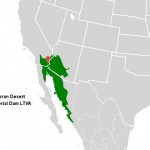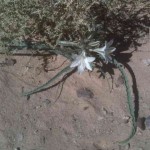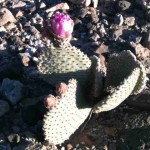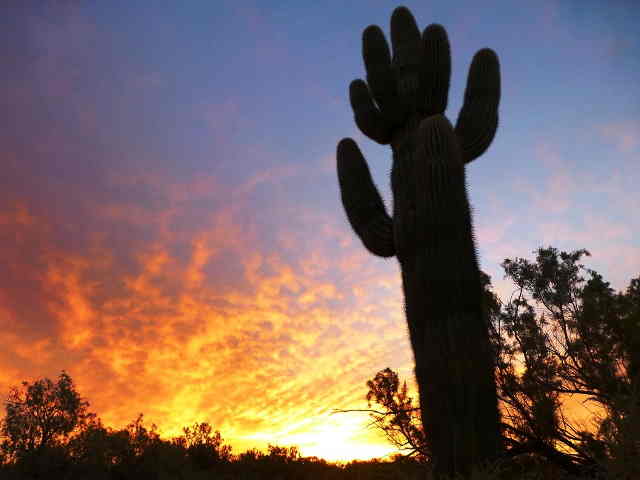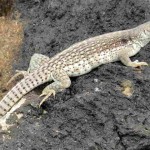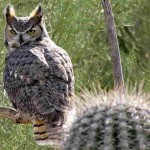Imperial Dam LTVA
The Desert
The Sonoran Desert

The Imperial Dam LTVA (Long Term Visitor Area) is located in the Sonoran Desert. This desert extends into California, Arizona and Mexico. According to Wikipedia, it is the hottest desert in North America. It covers 100,000 square miles, making its area more than the state of Oregon which covers 98,381 square miles.
The Average High/Low (F) temperatures for Imperial Dam (the data is from year 2000 to 2012) according to worldweatheronline.com are:
| January 71/48 | July 107/82 |
| February 73/49 | August 106/82 |
| March 80/54 | September 103/77 |
| April 86/59 | October 90/66 |
| May 97/67 | November 77/53 |
| June 105/76 | December 69/46 |
The desert can be a beautiful place. It can also be quite harsh. When walking, hiking, biking or driving in the desert, remember to bring adequate water for your trip. It’s also a good idea to bring a hat, sunscreen, sunglasses and sturdy shoes. This might seem obvious but sometimes even grizzled desert rats need to be reminded.
The Sonoran Desert is the home of the Saguaro Cactus, where according to Wikipedia, it grows in the wild, the only place in the world that can make this claim. The desert is also home to many flowering plants. At the Imperial Dam LTVA, starting as early as February, it’s always a contest to see who can spot the first desert lily, a beautiful white flower.
The purple cactus flower, the Prickly Pear, is also very pretty. Other common varieties of flowering plant life are the Desert Marigold, the Brittlebush and the Ocotillo.
Animal Life

Animal life abounds in the Sonoran Desert. At the Imperial Dam LTVA there is an abundance of water with Senator Wash Reservoir, Squaw Lake and of course the Colorado River and all its connecting canals and waterways, making it an attractive place for wildlife. Some of the more common animals you’re likely to see are coyotes, wild donkeys (burros), rattlesnakes, scorpions, desert iguanas, kangaroo rats and rabbits.
There are also many varieties of birds and the marshland driving into the Yuma Proving Grounds is an excellent place from which to do some bird-watching. Another favorite bird-watching locale is the day-use area at Squaw Lake. That’s a fun place to bring your picnic and binoculars and spend the day.
Although rattlesnakes (see our Rattlesnakes story in the Boondocker Chatter) are likely to be more afraid of you than you of them, it never hurts to be cautions. And although burros may seem as cute and tame as horses, beware of how protective a mother can be of her young!
Owls are also common in the desert. Since owls are nocturnal, you’re more likely to hear them rather than see them, as they hoot back and forth to each other during the night.
